A small clinical trial using gold nanoparticles that act as tumor-seeking missiles on a mission to remove prostate cancer has begun at The University of Texas Health Science Center at Houston (UTHealth). It is the first trial of its kind in the world.
The nanoparticles, or nanoshells, are made of small layers of silica glass formed into a sphere and wrapped in a thin layer of gold. The shells seek out and saturate cancerous cells, and their advanced vibrational properties are then harnessed to cause the tumorous tissue to pulse with extreme temperature when light is applied through a laser specifically designed to excite the particles. The oscillation kills the cancer cells while preserving the healthy tissue, avoiding the nerves and urinary sphincter. This procedure is the first in the world that is precise enough to potentially avoid negative ramifications like urinary incontinence or sexual impotency.
“This therapy could be life-changing for men diagnosed with prostate cancer and I’m honored to be among the first doctors the U.S. Food and Drug Administration approved to put it to the test,” said Steven Canfield, M.D., chair of the division of urology at McGovern Medical School at UTHealth, who recognized the possibility of the nanoparticles to treat prostate cancer and helped developed the trial to test the theory.
Prostate cancer begins when cells in a man’s prostate gland mutate and start to grow uncontrollably. Other than skin cancer, prostate is the most common cancer in American men, with an estimated 1 out of 9 men diagnosed. The American Cancer Society estimates 29,430 men died from the disease in 2018 alone.
Treatment options have traditionally included radical prostatectomy, which is the removal of the prostate gland and some of the tissue around it, radiation therapy and cryotherapy, among others. These methods carry the potential to have a negative impact on urinary function and sexual performance.
“The side effects of current prostate cancer treatments can be extremely traumatic. This new technology holds the potential to eliminate those life-altering effects, while still removing the cancer tissue and reducing hospital and recovery time,” Canfield said. “In fact, the first patient in the trial was actually riding a bike within a week of his treatment. The fusion of MRI and ultrasound imaging technology that we use to accurately identify and diagnose the cancer, combined with the extreme precision of the gold nanoshells in targeting the diseased cells, allows us to be incredibly accurate at obliterating them. I am excited as we continue tracking the progress of this groundbreaking improvement to prostate cancer care.”
Image Credit: Shutterstock / Uni. of Texas
News This Week
Does COVID increase the risk of Alzheimer’s disease?
Scientists discover that even mild COVID-19 can alter brain proteins linked to Alzheimer’s disease, potentially increasing dementia risk—raising urgent public health concerns. A recent study published in the journal Nature Medicine investigated whether both mild and [...]
New MRI Study Reveals How Cannabis Alters Brain Activity and Weakens Memory
A massive new study sheds light on how cannabis affects the brain, particularly during cognitive tasks. Researchers analyzed over 1,000 young adults and found that both heavy lifetime use and recent cannabis consumption significantly reduced brain [...]
How to Assess Nanotoxicity: Key Methods and Protocols
With their high surface area and enhanced physicochemical properties, nanomaterials play a critical role in drug delivery, consumer products, and environmental technologies. However, their nanoscale dimensions enable interactions with cellular components in complex and [...]
Nanotech drug delivery shows lasting benefits, reducing need for repeat surgeries
A nanotechnology-based drug delivery system developed at UVA Health to save patients from repeated surgeries has proved to have unexpectedly long-lasting benefits in lab tests – a promising sign for its potential to help human patients. [...]
Scientists Just Found DNA’s Building Blocks in Asteroid Bennu – Could This Explain Life’s Origins?
Japanese scientists detected all five nucleobases — building blocks of DNA and RNA — in samples returned from asteroid Bennu by NASA’s OSIRIS-REx mission. NASA’s OSIRIS-REx mission brought back 121.6 grams of asteroid Bennu, unveiling nitrogen-rich organic matter, including DNA’s essential [...]
AI-Designed Proteins – Unlike Any Found in Nature – Revolutionize Snakebite Treatment
Scientists have pioneered a groundbreaking method to combat snake venom using newly designed proteins, offering hope for more effective, accessible, and affordable antivenom solutions. By utilizing advanced computational techniques and deep learning, this innovative [...]
New nanosystem offers hope for improved diagnosis and treatment of tongue cancer
A pioneering study has unveiled the Au-HN-1 nanosystem, a cutting-edge approach that promises to transform the diagnosis and treatment of tongue squamous cell carcinoma (TSCC). By harnessing gold nanoparticles coupled with the HN-1 peptide, [...]
Global Trust in Science Is Stronger Than Expected – What’s Next?
A landmark global survey conducted across 68 countries has found that public trust in scientists remains robust, with significant support for their active involvement in societal and political matters. The study highlights the public’s [...]
Microplastics in the bloodstream may pose hidden risks to brain health
In a recent study published in the journal Science Advances, researchers investigated the impact of microplastics on blood flow and neurobehavioral functions in mice. Using advanced imaging techniques, they observed that microplastics obstruct cerebral blood [...]
AI Surveillance: New Study Exposes Hidden Risks to Your Privacy
A new mathematical model enhances the evaluation of AI identification risks, offering a scalable solution to balance technological benefits with privacy protection. AI tools are increasingly used to track and monitor people both online [...]
Permafrost Thaw: Unleashing Ancient Pathogens and Greenhouse Gases
Permafrost is a fascinating yet alarming natural phenomenon. It refers to ground that remains frozen for at least two consecutive years. Mostly found in polar regions like Siberia, Alaska, and Canada, permafrost plays a [...]
Frequent social media use tied to higher levels of irritability
A survey led by researchers from the Center for Quantitative Health at Massachusetts General Hospital and Harvard Medical School has analyzed the association between self-reported social media use and irritability among US adults. Frequent [...]
Australian oysters’ blood could hold key to fighting drug-resistant superbugs
Protein found in Sydney rock oysters’ haemolymph can kill bacteria and boost some antibiotics’ effectiveness, scientists discover An antimicrobial protein found in the blood of an Australian oyster could help in the fight against [...]
First U.S. H5N1 Death Sparks Urgency: Scientists Warn Bird Flu Is Mutating Faster Than Expected
A human strain of H5N1 bird flu isolated in Texas shows mutations enabling better replication in human cells and causing more severe disease in mice compared to a bovine strain. While the virus isn’t [...]
AI Breakthrough in Nanotechnology Shatters Limits of Precision
At TU Graz, a pioneering research group is leveraging artificial intelligence to drastically enhance the way nanostructures are constructed. They aim to develop a self-learning AI system that can autonomously position molecules with unprecedented precision, potentially [...]
How Missing Sleep Lets Bad Memories Haunt Your Mind
Research reveals that a lack of sleep can hinder the brain’s ability to suppress unwanted memories and intrusive thoughts, emphasizing the importance of restful sleep for mental health. Sleep deprivation has been found to [...]
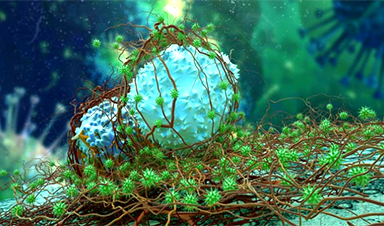

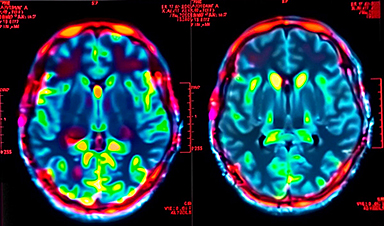
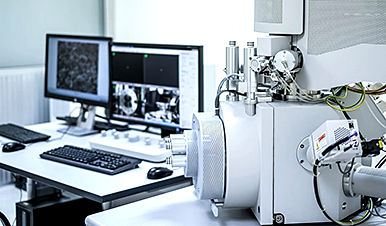







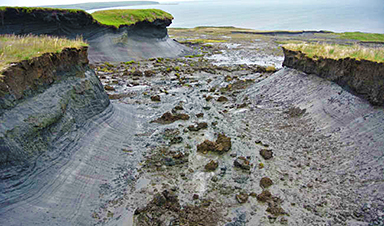


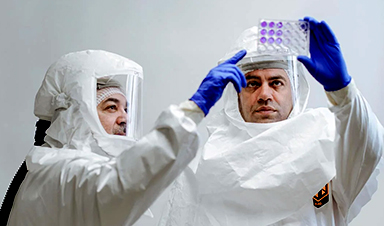
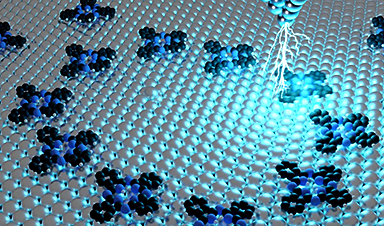







Leave A Comment